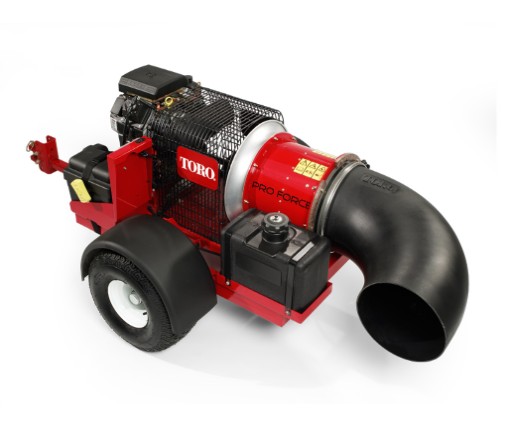vlittle
Well Known Member
In the hot weather (75 to 80F), I've been using my Rocket for quick turn-around operations, with about 1 hour turn-around.
Due to the heat soaked engine, I get high CHT and oil temperatures on takeoff and climb out. Not a real problem, just has to be managed.
The real problem is that my PP alternator shuts down ('trips') on the ground due to over temperature. I can work around this but it's not pretty... Once I get airflow on the takeoff roll, the alternator will stay on line And the voltage is solid at 14.2 volts.
My plan is to install a ground cooling fan that will be installed on a cowl inlet plug. A 5 V muffin fan and a solar panel should do it. The idea is to draw air out of the cowling on the ground to help cool the engine and accessories. Since I have a plenum, the trick of opening the oil filler door is not viable.
Some will argue that natural convection should effectively cool the engine, but there are a lot of BTUs trapped in the big IO540.
I am also experimenting with (ahem) doing lower power approaches at a higher speed to cool the engine more on landing.
Any thoughts on all of this? You guys in Az must be on top of this.
Thanks.
Due to the heat soaked engine, I get high CHT and oil temperatures on takeoff and climb out. Not a real problem, just has to be managed.
The real problem is that my PP alternator shuts down ('trips') on the ground due to over temperature. I can work around this but it's not pretty... Once I get airflow on the takeoff roll, the alternator will stay on line And the voltage is solid at 14.2 volts.
My plan is to install a ground cooling fan that will be installed on a cowl inlet plug. A 5 V muffin fan and a solar panel should do it. The idea is to draw air out of the cowling on the ground to help cool the engine and accessories. Since I have a plenum, the trick of opening the oil filler door is not viable.
Some will argue that natural convection should effectively cool the engine, but there are a lot of BTUs trapped in the big IO540.
I am also experimenting with (ahem) doing lower power approaches at a higher speed to cool the engine more on landing.
Any thoughts on all of this? You guys in Az must be on top of this.
Thanks.






